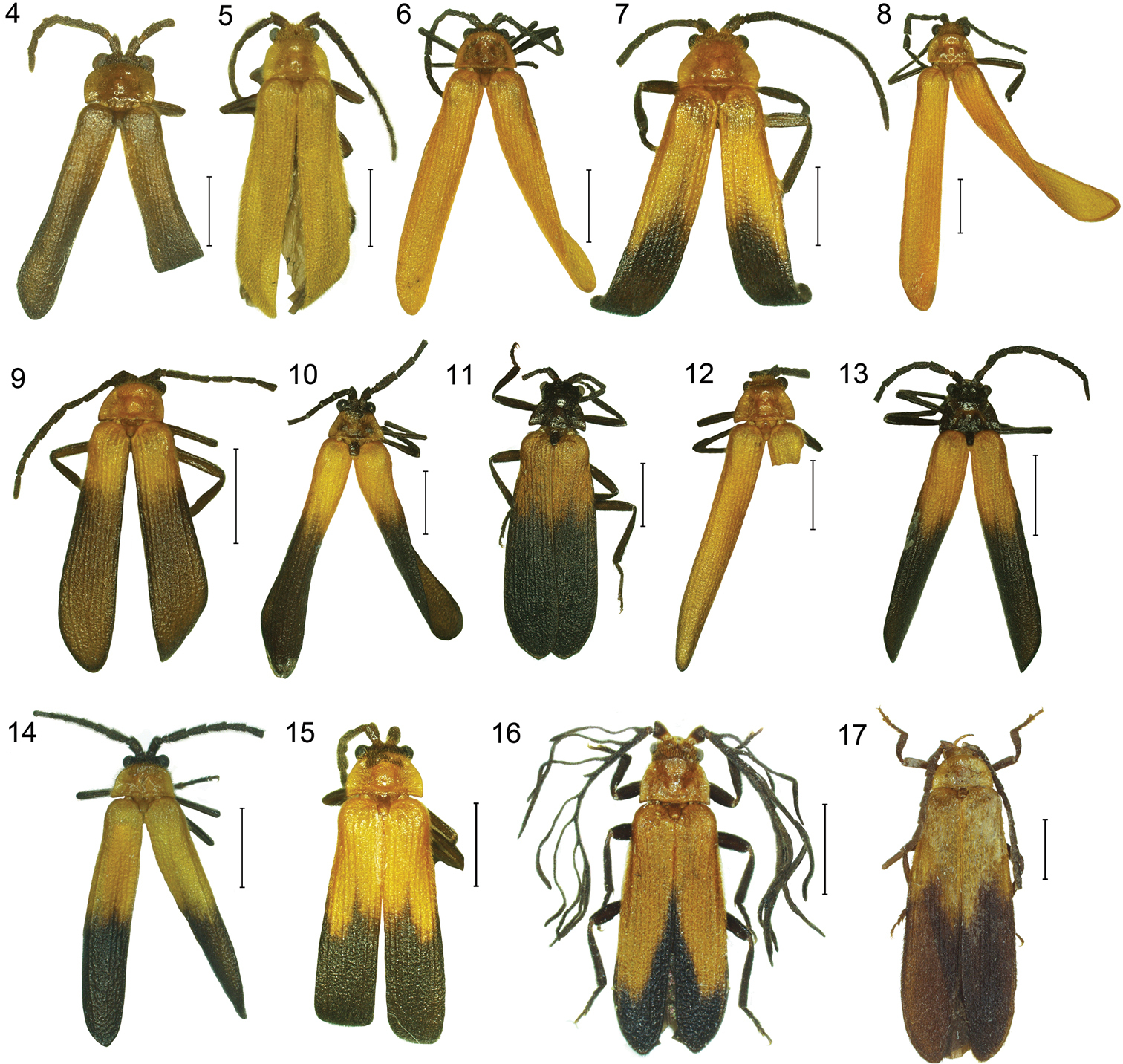Stumble upon a certain kind of beetle in South-East Asia’s tropical forests, and you’d be forgiven for wondering why there was a prehistoric ocean creature lurking in the leaves. But fear not, someone hasn’t been Jurassic Park-ing – it’s a trilobite beetle, and its bizarreness goes beyond looking like its namesake.
What are trilobite beetles?
Trilobite beetles are a group of insects belonging to the Platerodrilus genus and were first described by German entomologist Maximilian Perty in 1831, followed by other researchers in the 19th century.
With that came comparisons to an unrelated, long-extinct group of creatures – trilobites. It’s easy to see why; these beetles bear more than a striking resemblance to them, with their plated body armor and helmet-like heads.
The true curiosity, though, is that only the females look like this (and that they do so both as larvae and adults). What followed was a nearly 100-year hunt to find a male.
Swedish zoologist Eric Mjöberg won that particular quest, although as he describes in a 1925 paper, he took to some pretty unusual means to do so; the researcher tied female trilobite beetles up “with a string long enough to allow them to move about in a circle”, placing them within a protective cage that would still allow males to enter.
“All efforts were, however, in vain,” Mjöberg wrote.
He eventually had his day when, after offering a reward, a collector came up to him with a wrapped-up banana leaf. Within was a male and female trilobite beetle, mid-copulation.
This revealed sexual dimorphism – when males and females of the same species look visibly different – to the extreme. Male trilobite beetles lack the trilobite-like appearance, looking like regular net-winged beetles with long, slender wings and a much smaller body overall.

Adult male trilobite beetles of various species.
They could easily be mistaken for another species entirely, so how do you know if you have a male trilobite beetle on your hands? There’s genetic testing, but that’s not the most practical if you’re out in the field.
The other option is to make like Mjöberg and find a male and a female mating. Given the wild differences between the two, it begs the question…
How do trilobite beetles have sex?
The next time someone tries to brag about how long they can last in bed, knock them down a peg or two by directing them to a 1996 paper by Alvin T.C. Wong.
Three years previous, at a field station in Gombak, Malaysia, Wong had set up a trap to catch trilobite beetles in the act, using a female as bait and checking the trap every few hours to see if a male had been lured in.
His plan was successful. Eventually, a male beetle was found with its “long, curved genitalia […] firmly inserted” (that’s the actual description by the way, we’re not quite that NSFW) into the female’s genital pore, known as a gonopore.
But the story doesn’t end there. The male beetle remained attached to the female for a whopping five hours, before releasing the female, and then dying a few hours later. What a way to go.
Unfortunately, the eggs laid by the female after never hatched – but given that this encounter led to the first thorough record of how trilobite beetles mate, the male beetle’s efforts didn’t go entirely without reward.
Source Link: Meet The Trilobite Beetles: Prehistoric-Looking Insects With Peculiar Sex Lives